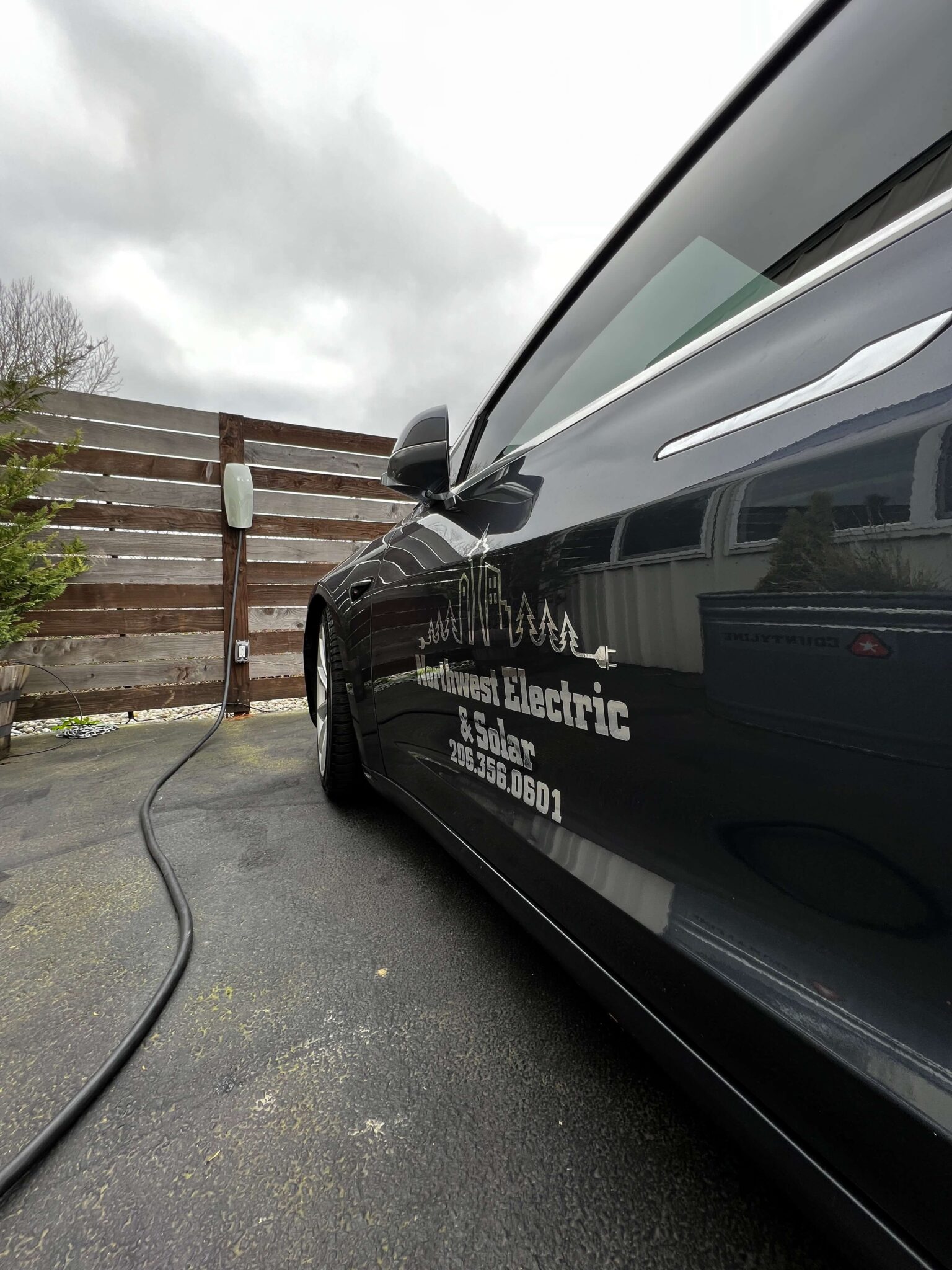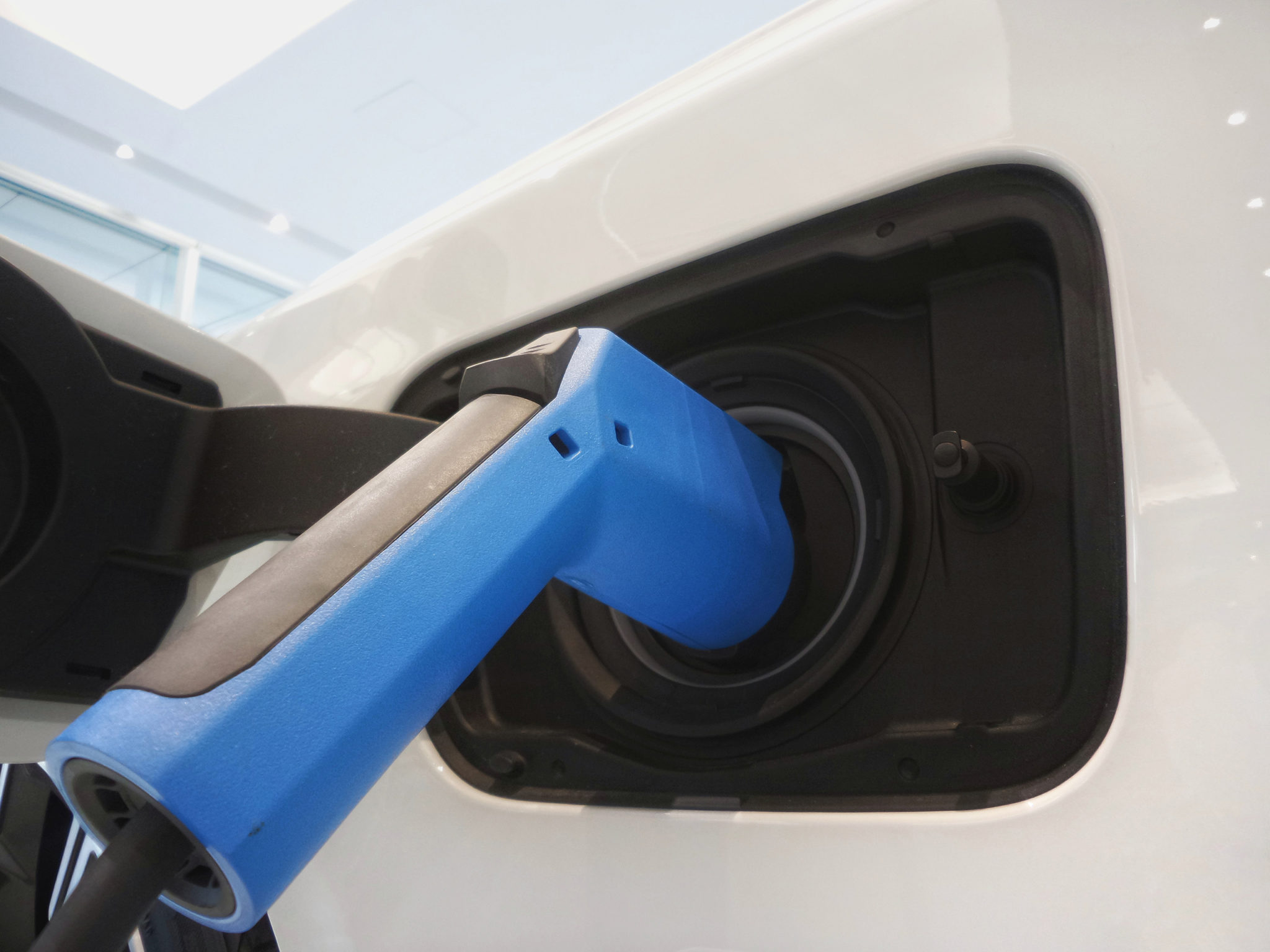The current cost to combust
With the average price of regular gas in Washington State at $4.71 and with one of the highest gas taxes in the country of 49.4 cents, driving an electric vehicle (EV) looks more and more like the right move. Electric cars in Washington charged at home will save you money and keep our environment free from pollution.

Fueling up at home, on electricity
Washington state has an average electricity cost of $0.11 per kWh. If you were to charge your Tesla Model 3 at home, which has a battery capacity of 82 kWh, it would cost you roughly $9.02. Depending on your EV charging capacity at home, you can charge your EV overnight or in a couple of hours.
Comparing prices
According to Self, an online lender, residents in Washington state can save an average of $1,337 in fuel costs driving an EV. Over at energy.gov, you can compare driving costs with electricity with an eGallon measurement. An eGallon is the cost of fueling a vehicle with electricity compared to a similar car that runs on gasoline. The last update in March of 2021 does not cover recent spikes in gasoline costs over the previous few months. Which now lists the cost of an electric eGallon at $0.89 and a regular gasoline gallon at $3.13. Clearly, this price has changed since a year ago, and the recent price hikes for gasoline make this difference that much starker.


Pay more, pollute more
Driving in the state of Washington means you’ll navigate gorgeous highways through mountain passes and over extensive waterways. Vehicles with internal combustion engines (ICE) lead to many tailpipe emissions such as nitrogen oxides (NOx), carbon monoxides (CO), and hydrocarbons (HC). Typically these pollutants go straight into the air, a significant factor in creating smog, blocking the view of our gorgeous mountains. Furthermore, oil, antifreeze, and break fluids that leech out onto our streets wash into storm drains during rains and cause severe harm to the marine life in our state. So, not only are you paying more to fuel your ICE vehicle, but you are also contributing to biodiversity loss in waterways and poorer air quality.
You can calculate how much going solar or utilizing an EV equates to greenhouse gas emissions saved through the EPAs calculator.
Charging forward
With the push for EVs to constitute 50% of all car sales by 2030, you can help the US achieve this goal by investing in an EV today. While you may pay a premium to acquire your EV, you’ll save money in the long run by charging your car at home or at charging sites around the state. Even better if you own a solar PV system to generate your electricity and potentially pay zero out of pocket to fuel your transportation means.

The future of EV capabilities
Lastly, with the Ford Lighting all-electric pickup truck, drivers that need more out of their cars than just transportation have met their match! The Ford Lighting pickup can accomplish tasks required by any standard pickup but with the bonus of being able to serve your home as a backup energy source during outages. This is called vehicle to grid, and it’s a new feature that Ford is introducing through its Ford Lightning EV called Ford Intelligent Backup Power. We’ll be writing up more on EV to the grid as we see the Ford Lighting roll-out and begin its journey as Ford’s first-ever all-electric pickup truck!


